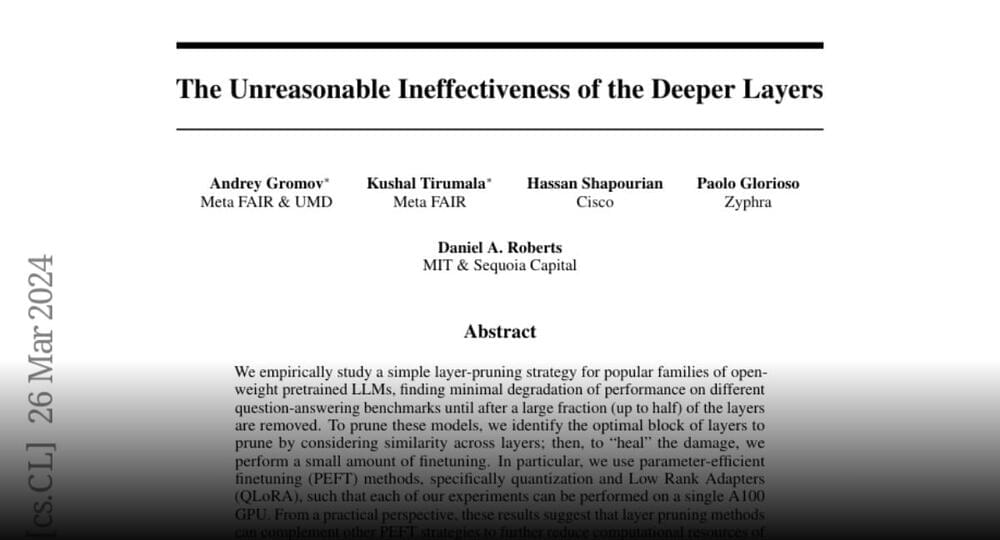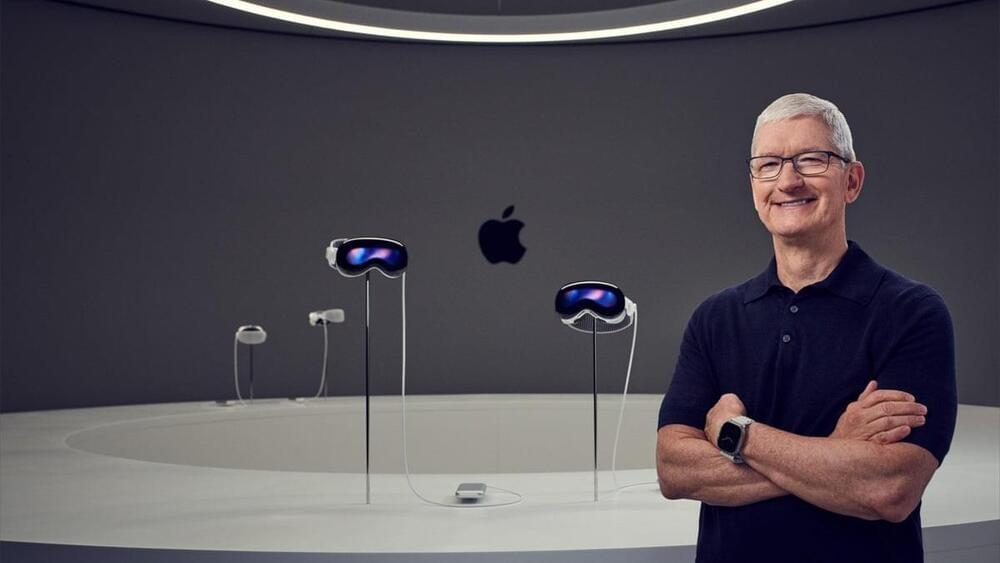The answer could determine who gets to shape the future of the technology.
Suddenly, “open source” is the latest buzzword in AI circles.
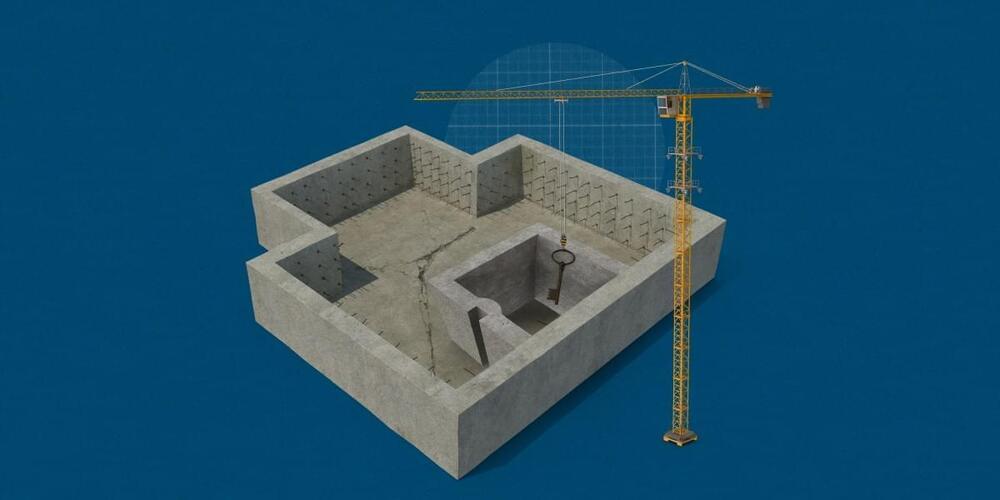

Non-personalized content and ads are influenced by things like the content you’re currently viewing and your location (ad serving is based on general location). Personalized content and ads can also include things like video recommendations, a customized YouTube homepage, and tailored ads based on past activity, like the videos you watch and the things you search for on YouTube. We also use cookies and data to tailor the experience to be age-appropriate, if relevant.
Select “More options” to see additional information, including details about managing your privacy settings. You can also visit g.co/privacytools at any time.

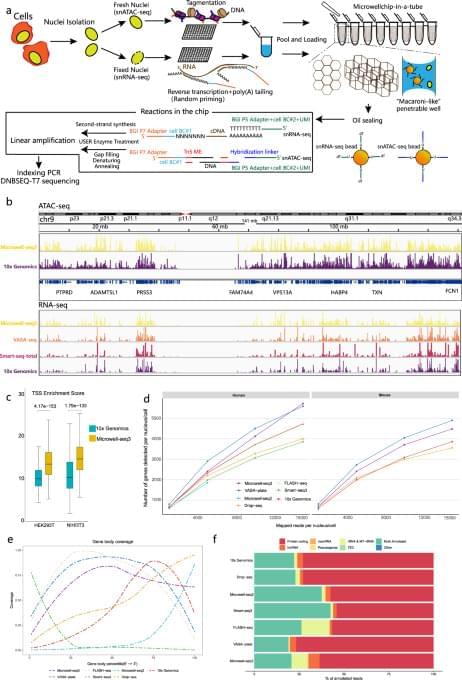
Ye, F., Zhang, S., Fu, Y. et al. Cell Discov 10, 33 (2024). https://doi.org/10.1038/s41421-023-00642-z.
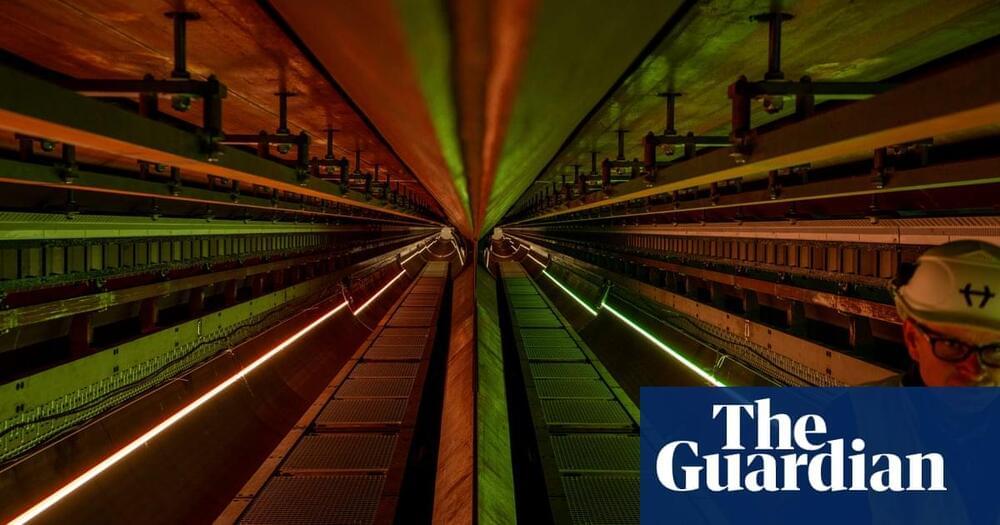
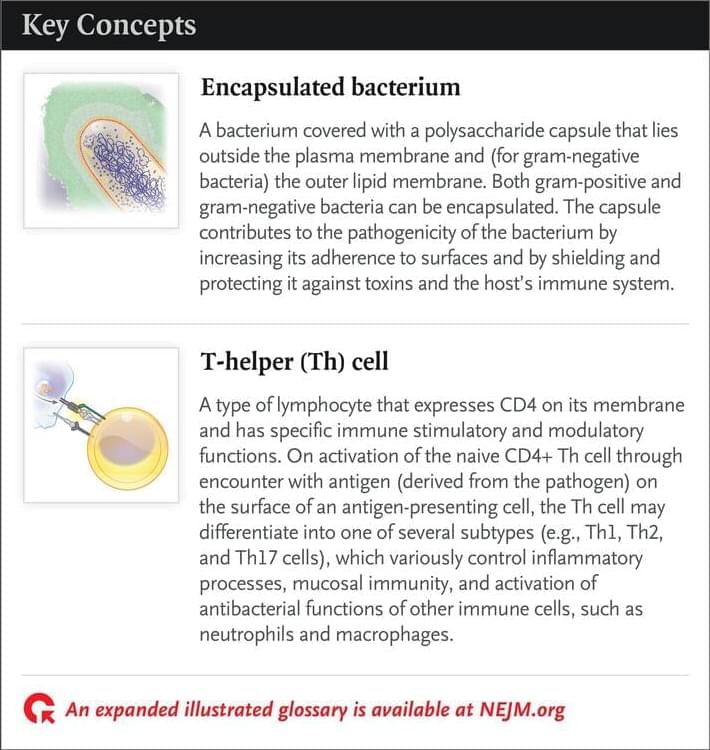
The legendary science fiction writer shares his thoughts on the future of medicine, communications and more.
(From \
